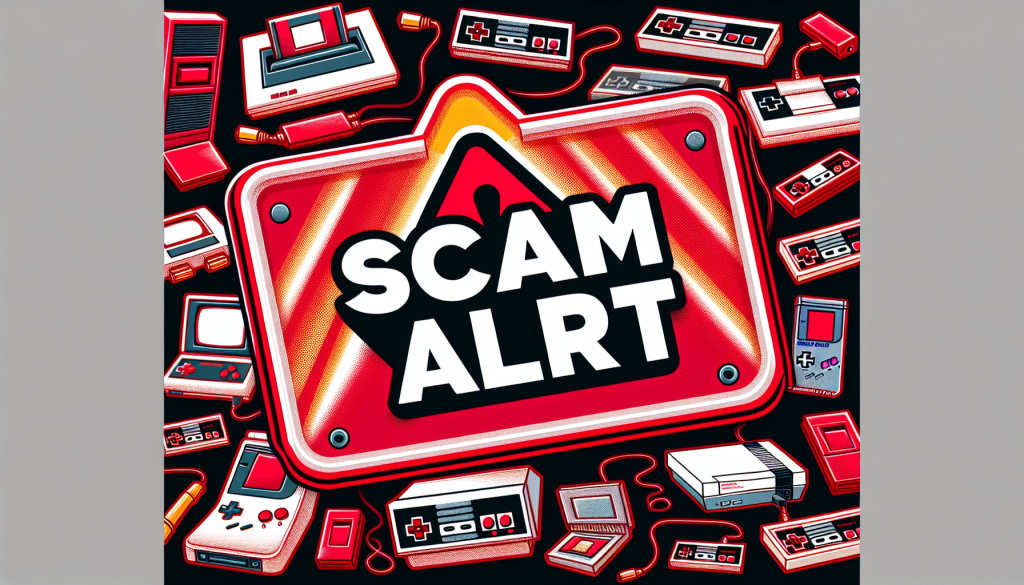So, you’re interested in advertising and want to understand copyright laws better, right? Well, you’ve definitely come to the right place. Let’s dive straight into the heart of the matter.
What is Copyright Anyway?
In the most basic sense, copyright is a form of legal protection granted to the creators of “original works of authorship”. This can include a range of creations such as books, music, artwork, and yes, advertisements. The moment you create an original work, you automatically hold the copyright to it. Neat, isn’t it?
Why is this important? Because it gives you, the creator, the exclusive right to reproduce, distribute, perform, display, or license that work. However, when it comes to advertising, things can get a bit tricky.
A Glimpse into Copyright Laws in Advertising
Adverts are creative works that often incorporate elements like music, images, videos, and text, which might be subject to copyright. So, if you are creating an advertisement, you need to be particularly careful not to infringe on someone else’s copyright.
Remember, just because something is on the internet doesn’t mean it’s free to use. That cat meme might be perfect for your ad, but if it’s copyrighted, you’ll need permission to use it.
Navigating Copyrights in Advertising
Now that we’ve got a grasp of what copyright is, let’s look at how to navigate it in advertising.
The rule of thumb here is always assume a work is copyrighted unless explicitly stated otherwise. Even if you can’t find a copyright notice, it doesn’t necessarily mean the work isn’t protected.
When you want to use someone else’s work in your ad, it’s best to seek permission first. This can mean reaching out to the copyright holder directly or purchasing a license to use the work.
Ah, but what if I told you there’s a way around this? Enter the world of Creative Commons and public domain. These resources offer vast libraries of works that can be freely used, with certain conditions. But that’s a topic for another day.
Lastly, remember that copyright laws vary from country to country. What might be permissible in one country could be a violation in another. So, do your due diligence and seek legal consultation when in doubt.
Preventing Copyright Infringement in Advertising
Prevention is the best cure, they say. Here are a few tips to help you avoid copyright issues:
- Do your homework: Before using a piece of content, research its copyright status. If it’s protected, get permission.
- Create original content: When possible, create your own content. In doing so, you automatically hold the copyright.
- Use licensed content: There are numerous resources that offer licensed content for a fee. This could be a safe and easy way to obtain high-quality content.
Understanding copyright laws in advertising might seem daunting at first, but with a little bit of knowledge and preparation, you can navigate through it with confidence. So, go forth and create fantastic, copyright-compliant ads!
Importance of Intellectual Property Respect in Advertising
Advertising is a creative field where original ideas and concepts are highly valued. Yet, it’s not just about creating ‘catchy’ ads and getting the audience’s attention. It’s also about respecting other people’s work and intellectual property. Yes, you’ve heard it right – the same principles that apply to written works, music, and inventions also apply to the world of advertising.
Why Respect Intellectual Property?
First off, respecting intellectual property is a legal obligation. But it goes beyond legalities. It’s about acknowledging the creative efforts, time, and resources that others have put into their work. It’s about promoting a culture of fairness and respect in the industry, which ultimately contributes to a more vibrant and dynamic advertising landscape.
Moreover, using someone else’s work without proper permission or credit can damage your brand’s reputation. No one wants to be seen as a copycat or a freeloader, right? So it’s not just a matter of legality, but also of ethics and professionalism.
Respecting Intellectual Property Boosts Your Brand
On a more positive note, respecting intellectual property can actually boost your brand’s image. It shows that you’re a responsible, ethical, and credible advertiser. It can build trust and goodwill with your audience, which can, in turn, drive more engagement and conversions.
Plus, it can foster creativity within your own team. Instead of relying on others’ ideas, you’re encouraged to come up with your own unique and original concepts. This can lead to more innovative and effective ads, setting your brand apart from the competition.
Common Intellectual Property Issues in Advertising
When it comes to respecting intellectual property in advertising, there are a few common issues you should be aware of:
- Using copyrighted material: This includes images, music, video clips, and other content that are protected by copyright laws. Always make sure to get proper permissions or licenses before using such materials in your ads.
- Imitating other ads: It’s one thing to get inspired by other ads, but it’s another to outright copy them. This can lead to accusations of plagiarism and can tarnish your brand’s image.
- Trademark infringement: This involves using someone else’s trademark (e.g., logo, brand name, slogan) without permission. This can lead to legal disputes and can damage your brand’s relationship with consumers and other businesses.
Remember, when in doubt, it’s always best to consult with a lawyer or an intellectual property professional. They can provide you with authoritative advice and guidance, ensuring that your ads comply with all relevant laws and regulations. And above all, they can help you foster a culture of respect and creativity in your advertising efforts.
Identifying Common Copyright Issues in Advertising
Advertising is a crucial component of modern business. However, navigating the tricky landscape of copyright laws can be a daunting task. Let’s dive into some of the common copyright issues that arise in the advertising world, and how you can avoid falling into these potential pitfalls.1. Unauthorized Use of Copyrighted Material
The most common copyright issue in advertising is the unauthorized use of copyrighted material. This can range from music and video clips to images and text. Just because something is available on the internet doesn’t mean it’s free to use. Always verify the licensing terms and get written permission from the copyright holder before using their work.2. Incorporating Popular Characters or Logos
Another common issue arises when advertisements incorporate well-known characters or logos. You may think it’s a great idea to use your favorite superhero in your ad, but unless you have permission from the copyright holder, this could land you in hot water.3. Parody and Satire
Parody and satire can be a tricky area when it comes to copyright law. While these forms of expression are sometimes protected under fair use doctrine, it doesn’t give you carte blanche to use copyrighted material without permission. Always consult with an attorney familiar with intellectual property law before going this route.4. User-Generated Content
User-generated content (UGC) can be a goldmine for advertisers, but it can also lead to copyright issues. If a user posts a photo or video and you use it in your advertising without their permission, you could be infringing on their copyright. It’s critical to always get explicit permission before using UGC in your ads.5. Social Media Sharing
With the rise of social media, it’s become common for companies to share posts and memes on their accounts. However, just because something is on social media doesn’t mean it’s free from copyright protection. Always be sure to attribute the original creator and consider reaching out for permission when in doubt. Bearing these common copyright issues in mind can save your company from unnecessary legal entanglements. However, nothing replaces the advice of a good intellectual property attorney. If you’re in doubt, it’s always best to consult with a professional before proceeding with your advertising campaign. With careful planning and consideration, you can create an effective advertising strategy that respects copyright laws.Strategies for Ensuring Creative Compliance in Advertising
Now that we’ve defined copyright laws and identified common issues, let’s delve into some practical strategies to ensure creative compliance in advertising. The goal is to create captivating ads without infringing on the intellectual property rights of others. This might sound tricky, but it’s completely achievable when you know the right tactics to employ.
1. Educate Your Team
The first and most crucial step to ensuring creative compliance in advertising is education. Your team should be well versed in copyright laws, intellectual property rights, and the potential consequences of infringement. Workshops, seminars, or even online courses can build the necessary awareness among your staff.
2. Utilize Original Content
Wherever possible, use original content for your advertisements. This includes graphics, images, music, and text. It will not only keep you safe from infringement issues but also give your brand a unique identity.
3. Double-Check Third-Party Content
If you’re using third-party content, ensure you have the necessary permissions or licenses. This is especially true for images, music, and video clips. Always double-check the terms and conditions before incorporating third-party content into your advertisement.
4. Implement a Review Process
Another effective strategy is to implement a review process before any content gets published. This can help catch any potential infringement before it becomes a problem. The review process should ideally involve someone with a good understanding of copyright and intellectual property laws.
5. Seek Legal Advice When Necessary
Complex scenarios might necessitate professional advice. It’s always a good idea to seek legal advice when you’re unsure about the copyright status of a piece of content. It’s better to be safe than sorry while handling intellectual properties in advertising.
6. Keep Up-To-Date with Changes
Copyright laws and regulations can change. Therefore, staying up-to-date with these changes is crucial to avoid any accidental infringements. Subscribe to legal newsletters, follow authoritative blogs, or join industry-specific forums to keep abreast of any changes.
By implementing these strategies, you’ll be well on your way to ensuring creative compliance in your advertising efforts. Remember, it’s not just about respecting the intellectual rights of others, it’s also about giving your brand an authentic voice and identity.












